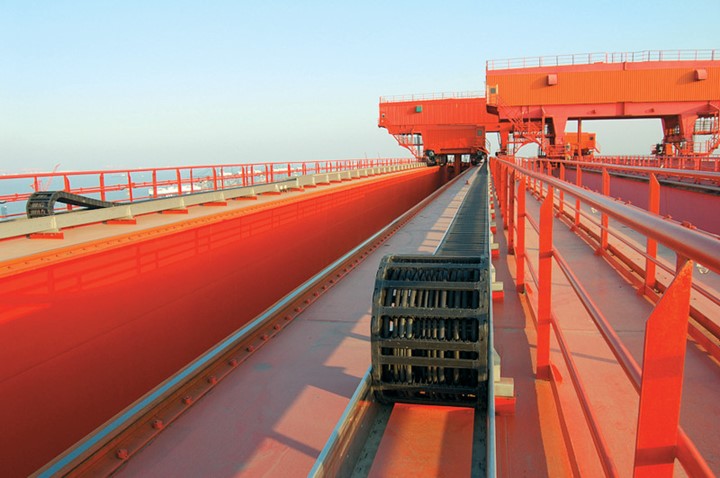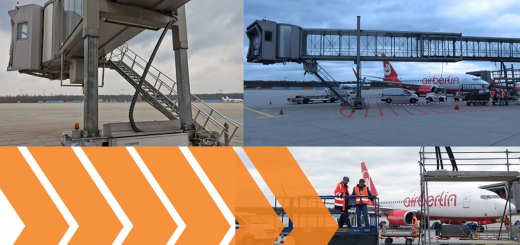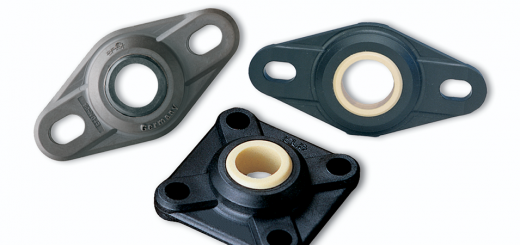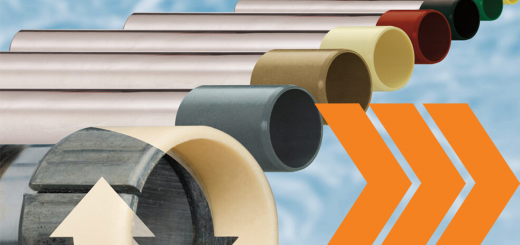Tips and tricks for your crane inspection & maintenance
By Jared Worth
Regular crane inspections are part of any crane operation. But there’s much more to it than just the frequency of inspection; what you’re inspecting and how you’re inspecting it are equally important. This blog will provide tips and tricks for crane operators performing inspections to ensure success and prevent premature equipment failure, along with tips to help reduce the need for crane maintenance altogether.
OSHA Requirements
Any crane operator will be quite familiar with OSHA requirements for crane inspections. However, it’s still important to brush up on them from time to time to avoid complacency. These requirements include a distinction between “periodic” and “frequent” inspections and what each entails, requirements for the individual performing the inspection, a step-by-step checklist of the inspection process, and more.
Inspection Tips
Inspect guide trough for misalignment
When using a guide trough in a crane, a common issue that may occur is a misalignment of the cable carrier within the trough. If this occurs, the cable carrier will wear much more quickly than normal and fail prematurely. During inspections, check the guide trough and ensure the cable carrier is properly aligned and that there are no portions of the trough too narrow for the chain.

Check for missing crossbars & fasteners
When checking your e-chain, take note of any missing crossbars or fasteners. If a crossbar is missing, it could be a sign of cables being pulled too tightly against the chain, and missing fasteners can cause trough shifting and eventual system failure. Any missing crossbars or fasteners should be dealt with immediately when found.
Ensure cables are properly positioned

Even when using a cable carrier for cable management in a crane, care still needs to be taken to ensure those cables are properly positioned within the cable carrier, especially near the inner and outer radius of the chain where a bend occurs. If the cables are too tight or too loose within the chain, they can experience premature wear and eventual failure. Take care to inspect the cables within the chain and determine if they’re properly positioned.
Read more: Top 10 strain relief mistakes wreaking havoc on your cables
Maintenance Tips
Implement maintenance-free components
One easy way to make an inspection simpler is to replace components or systems that require frequent maintenance (think festoons) with maintenance-free alternatives, such as dry-running cable carriers. While they still need to be inspected along with the rest of the crane, the lack of maintenance will free up time for employees and reduce costs by as much as 60% over the life of the crane.
Learn more: e-chain® cable carriers vs. festoons
Utilize condition monitoring sensors

While frequent inspections on a regular basis can help diagnose equipment problems before complete failure, a sure-fire way to catch these problems early is with the implementation of condition monitoring sensors. These sensors constantly monitor select performance parameters of componentry and alert equipment operators once those parameters fall out of an acceptable range. This makes scheduling maintenance much simpler and ensures component failure can be avoided entirely.
To learn more about products and solutions from igus for your crane application, visit our website. For questions about a specific product or application, contact an expert.



